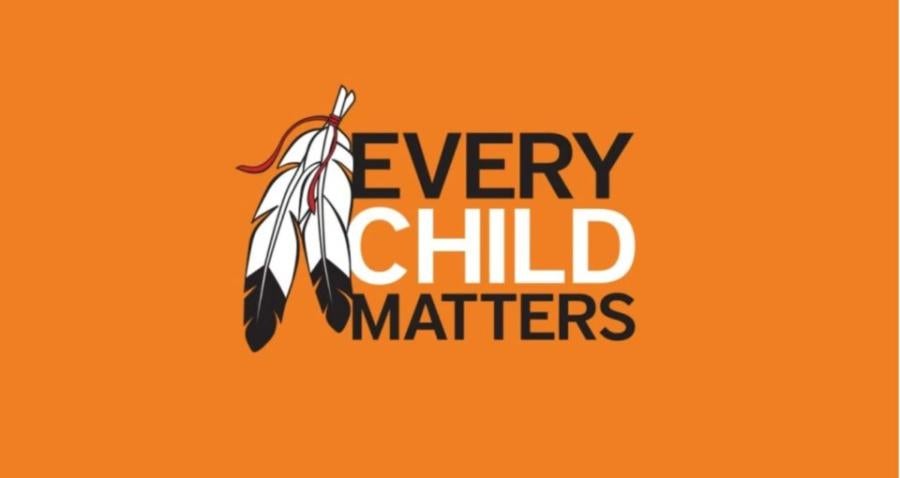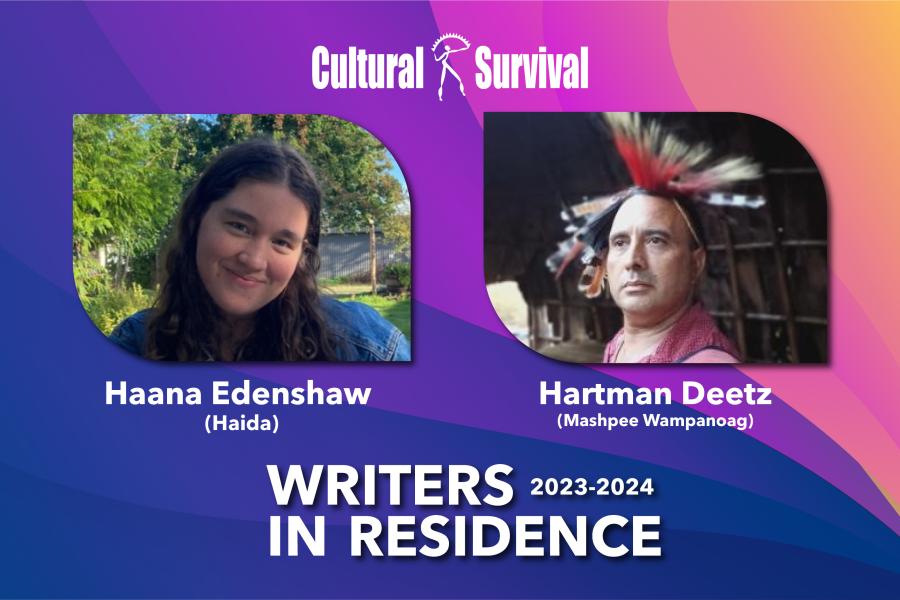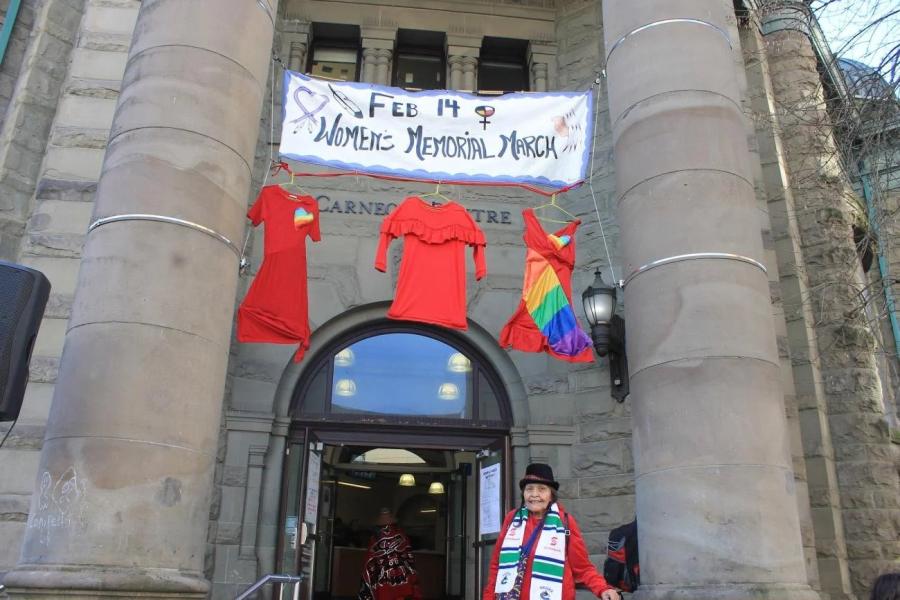Traditional medicine has been gradually forced underground in many societies due to pressure from missionaries and governments who perceived such practices as witchcraft. Contrary to those beliefs, however, traditional medicine has proven to be quite effective in treating both chronic diseases and psychological problems, especially those associated with stress, which frequently stem from social alienation, anxiety or loss of self-esteem. Examples of diseases influenced by stress are certain types of ulcers, skin problems and bronchial disorders.
Traditional medicine is not only effective in treating psychosomatic illnesses, however. Many practitioners of traditional medicine have a solid knowledge of herbs and of their effects in healing organically based illness as well. Rather than perpetuate what is probably a meaningless distinction between psychomatically based illnesses and organically based diseases, it is probably more useful to emphasize that most traditional healer utilize a holistic approach which deals with a wide variety of problems on three levels: physical, emotional and spiritual. Holistic treatment emphasizes disease prevention and positive changes in lifestyle to ensure a balance among these three aspects of life.
Traditional medicine is usually community based. Healers are selected by a community process that emphasizes personal qualities, and they frequently have to pass various tests. Because they are from the community, traditional healers usually know their patients personally, and are well acquainted with their backgrounds, lifestyles and cultural beliefs. Another benefit of traditional medicine is that it is decentralized: it is easily and quickly available to individuals for whom traveling to urban centers for treatment is inconvenient, time-consuming and costly.
Traditional Medicine in the Modern World
Cross-Cultural Trends
Some observers claim that successful moves to incorporate modern technology and medicine in traditional societies create needs for traditional practice. Urban living in particular creates conditions that hatch those stress-related diseases often most effectively treated by traditional practitioners, such as gastric and duodenal ulcers, migraines, dermatitis, limb pains and certain kinds of paralysis and hypertension. Thus, in some cases at least, traditional medicine tends to thrive in conjunction with Westernization, modernization and urbanization, as in the case of countries such as Ghana and Nigeria.
In light of the benefits of traditional medicine, many Asian, African and South American countries have allowed the development of a dual system of medical care in which individuals can choose whether they visit traditional or Western clinics. The same individual may choose one type of clinic for some diseases and another for other diseases. For example, in Costa Rica individuals tend to go to folk practitioners for culturally specific diseases (such as quebranto, aire, pegas or nervios) and chronic diseases. For preventive health care, such as immunization and nutritional instruction, however, government-sponsored clinics in rural communities attract as much as 90 percent of the population.
Traditional practitioners frequently adapt their practices in order to attract a larger clientele from a more diverse population. For example, practitioners in an urban setting in Ghana have added waiting rooms, telephones, visiting cards, white overall coats and sign boards to advertise available services. Traditional herbs and herbal combinations are packaged in the form of powders, capsules, salves and tonics to be self-administered. In addition, patients are referred to Western-style clinics for certain problems.
In some countries, such as China, the government itself has promoted a duel system in which paramedical personnel (originally called "barefoot doctors" in China) are trained in both traditional and modern orthodox diagnostic and treatment procedures. Although barefoot doctor program in China has been replaced by a "village doctor program." Practitioners known as "mid-level physicians" continue to dispense both traditional and modern, Western-style medicines.
A Nigerian example is provided by Dr. J.O. Mume, who had practiced traditional medicine for several years when he heard of a School of Natural Therapeutics being established in Lagos. After studying at this school, Dr. Mume said, "I returned home to Ekakpanre and started afresh, and with the knowledge gained from the school at Lagos, I started to plan, to meditate, to read, to develop and improve upon my traditional herbal products which I prepared in powdered and liquid forms." Needing money to continue his research on traditional herbal remedies, he formed a partnership with another individual, bought an old van and distributed his herbal products. Eventually in 1969 Dr. Mume established a clinic, where he continued to administer traditional treatment in a way that was attracted a wide spectrum of both rural and urban clients.
A Canadian Example
Russell Willier, a Cree healer from northern Alberta, Canada, although unaware of the innovations of traditional healers from countries such as Ghana, is in the process of adapting his practices to the modern world. In 1985, he permitted documentation of his treatment of psoriasis, a chronic skin disease. Eleven patients (one of whom dropped out) were recruited and the experiment was systematically documented using videotape and photographs. Treatment consisted of native religious rituals and the administration of herbal medicines at a health clinic in downtown Edmonton. Six of the 10 patients experienced improvement in varying degrees over the course of the experiment.
The response of the healer to the results of this experiment are interesting. Despite his modest success, he is disappointed that the result were not more spectacular. He is still determined to treat non-native patients, but on his own terms. He believes the experiment did not provide a true test of native medicine since it was conducted on alien territory and since there were insufficient controls on the regularity with which patients used the medicine. Thus he has decided to develop a healing center on his reserve which will treat both native and non-native patients. This will allow him to combine a modern facility with traditional treatment procedures.
The center will be designed to provide a familiar atmosphere for patients from different cultural backgrounds. For example, Willier envisions hiring a receptionist whose duties will include greeting new patients, taking appointments and directing patients to a private room to consult one of several healers who would assist in the operation of the center. Each healer will specialize in a specific aspect of treatment in which he or she is gifted and has a proven record, such as chronic diseases, contagious diseases, alcohol abuse or marital counseling. Treatment itself will proceed along traditional lines, with each healer operating a sweat lodge and administering herbal medicines.
Long-Term Survival of Native Medicine in Canada
The aspirations of native healers in Canada vary. Some healers prefer to practice under cover so they will not be harassed. Others, like Russell Willier, feel that because native medicine has something to offer, it should be made available to everyone. His goal is to prove that native medicine is effective. In so doing, he hopes to stimulate interest on the part of native young people and thereby help preserve a tradition that is dying out on some reserves.
Russell Willier is part of a widespread movement on the part of native peoples to assert their right to self-determination and to compete more effectively in the dominant Western culture. However, there are many problems in making native medicine more easily available to all people. For example, in addition to physical facilities envisioned by Willier, where patients from a different ethnic background than the healer could be accommodated in a way that would make them feel at ease and that would not impose upon the healer's private life, a fee structure must be established that will allow the healer to make a living and not require patients to have to guess about the amount of an appropriate gift. Legal structures have to exist to protect both patients and healers, and business structures must satisfy various levels of government that appropriate accounting procedures are being followed.
Role of the Anthropologist in Facilitating Change
Setting up these new structures requires expertise and money. Outside help brings in the danger of outside control. Setting up these structures involves changing native tradition as and moving further into the non-native cultural world. Thus a paradoxical situation arises: making native medicine more easily available can help preserve tradition in some ways but help destroy it in others.
Innovative ideas such as the healing center are controversial. Opposition from the native community comes because of fears that sacred knowledge might be sold or given away. Opposition from orthodox health care practitioners comes in the form of ears that quacks or poorly trained individuals will put non-native patients at risk. Some cynics fear the loss of a valuable monopoly in Westernized medicine, as the holistic health movement continues to grow around the world.
What can anthropologists do to ease the deepening conflict as native medicine takes an increasingly aggressive stance? One advantage that anthropologists have in their cross-cultural perspective. Anthropologists can gather concrete data on what native peoples themselves would like to see if decision-making power is returned to native communities in the area of health care. The anthropologist is certainly in a position to help bring about some consensus among native peoples and to serve as a cultural broker or intermediary between native communities and structures in the larger, dominant society.
Establishing positive long-term change will not be easy; native groups cannot simply emulate other traditional societies in their handling of the problem. When indigenous peoples constitute the dominant population, allowing native medicine to assume its rightful place in the modern world means valuing something from the majority's own tradition. In Canada, however, what is traditional for one group is not traditional for another. The cultural imperialism of European traditions has led to the devaluing of aboriginal traditions. This inherent combination of imperialism and racism has to be overcome before a genuinely pluralistic and multicultural approach to health care can evolve.
Regardless of which models are eventually chosen, native people should be involved in the selection process from the ground up. Bureaucrats can no longer expect to find single solutions that will work in all communities in Canada. The role of the anthropologist is not to be co-opted into providing bureaucrats with theoretical models, but rather to make available to native peoples an expanded repertoire of options, to assist native practitioners in experimenting with expanding roles and to bring natives and non-natives together to explore how to combine native and Western methods of health care in mutually beneficial ways. Given the positive interest in self-determination on the part of both native groups and the Canadian government, the chances that native medical traditions will survive and prosper in Canada appear to be excellent.
Article copyright Cultural Survival, Inc.



